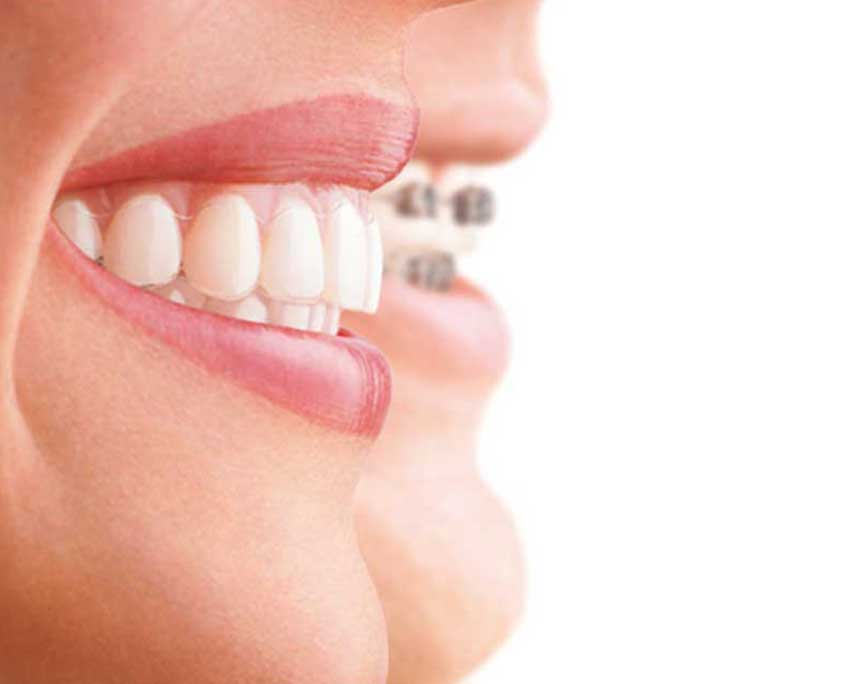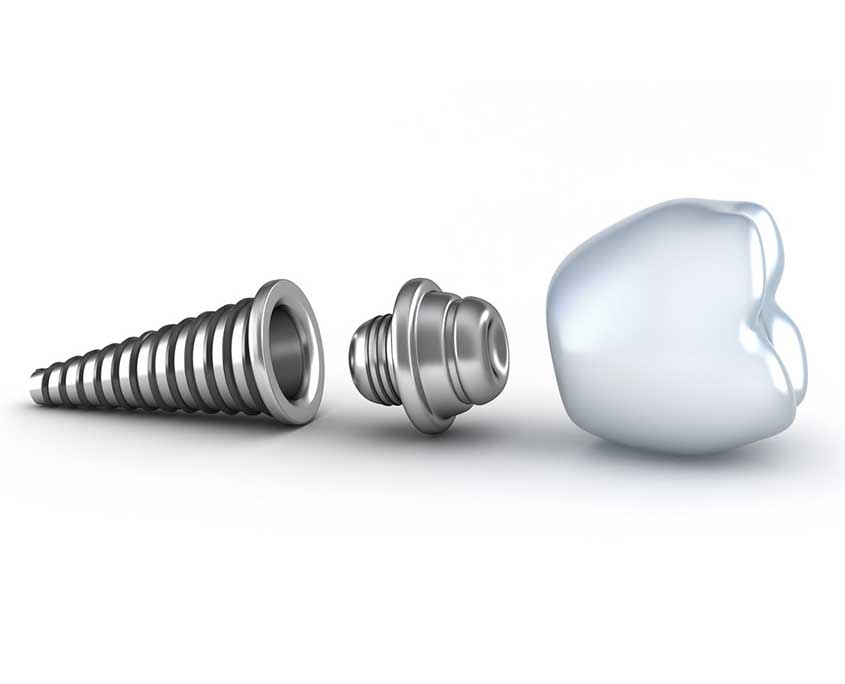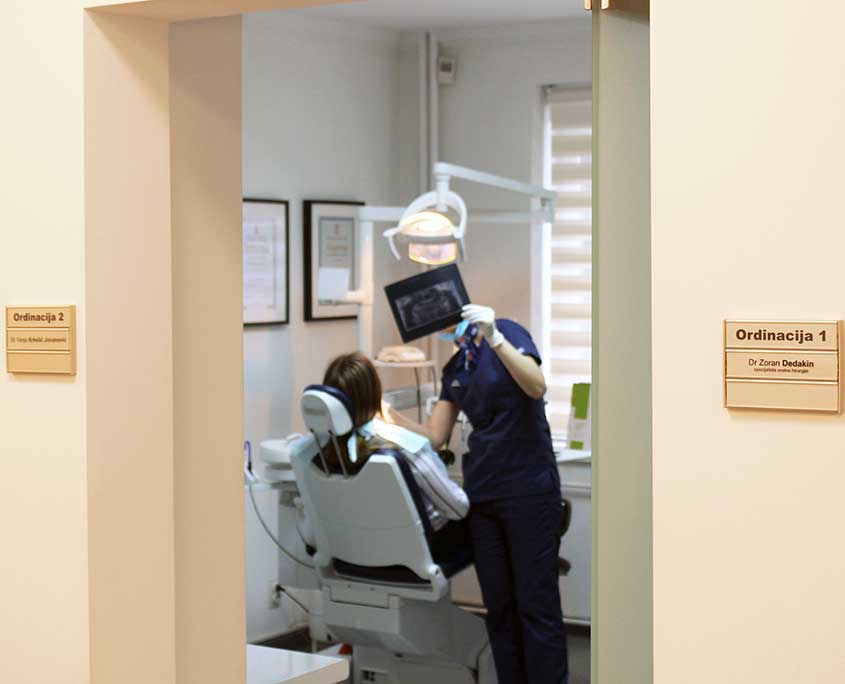Expertly speaking, we are talking about dental occlusion. Today there are many solutions for this type of problem.
Dental occlusion problems
The term dental occlusion is used to indicate the position of the upper teeth in relation to the lower teeth when the mouth is closed. When we notice irregularities in the position of the tooth we say that there is a problem of occlusion. Removing this irregularity is then an integral part of the orthodontics. The origin of this type of disorder varies from case to case. Therefore, the therapies are not identical. By analyzing it, it is necessary to determine whether the inadequate occlusion is caused by a poor position of the tooth or by bad position between jaws or a combination of these two.
Other forms of occlusion
Occlusion disorder in early teenage period can play a decisive role in the development of children’s faces and jaws. This can leave even permanent consequences that are solved exclusively by the surgery. It is therefore extremely important to visit the orthodontist on time in order to identify possible irregularities timely and start the therapy as soon as possible, directly increasing the percentage of the success of orthodontic treatment and avoiding surgical procedures.
Therapy for adults
The duration of orthodontic therapy for adult patients may be slightly longer than for children. Depending on the case and goal to be achieved, the therapy can last from 3 to 30 months. The older we are, the teeth become more sensitive. Adult patients are increasingly opting for aesthetic solutions such as: transparent braces, braces attached to the inner side of teeth, so-called lingual braces or transparent foils.
In any case, the maintenance of good hygiene of the mouth and teeth guarantees the success of orthodontic therapy as well as general tooth health.



